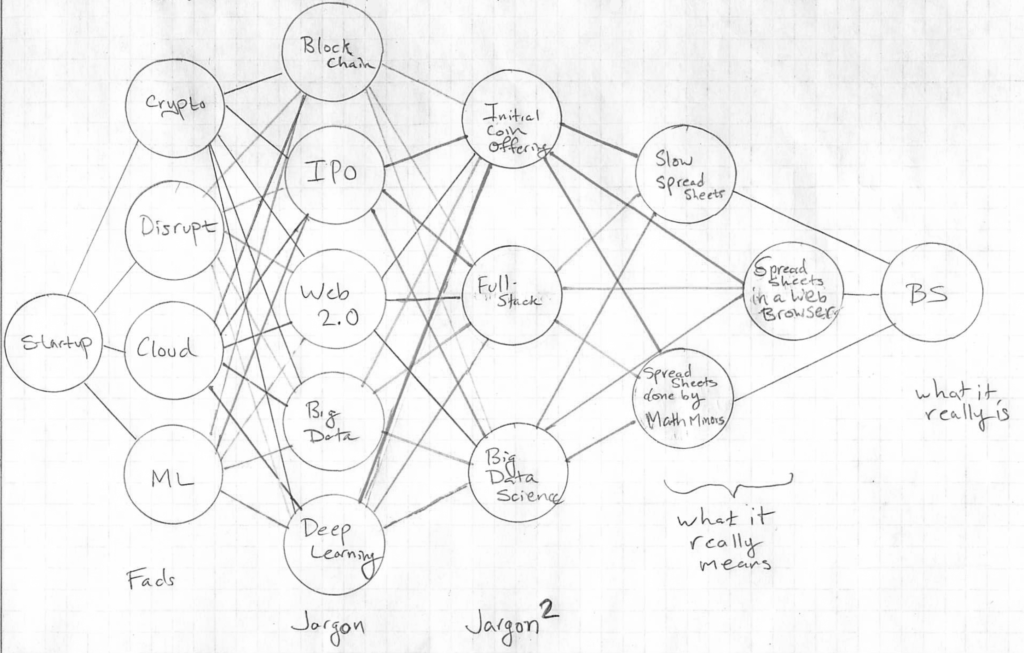In January 2020, I began a very pleasant internship at NASA Jet Propulsion Laboratory, studying graphics preprocessors and how to invoke parallelism with large terrain rendering tasks. As I had barely any background in either of these very interesting subjects, and needed to build a bridge between the two, I spent nearly every day going to the JPL library. That is, until the work-from-home order struck. So, this has been my Plague Reading List, Part 1.
Standard C++ IOStreams and locales : advanced programmer’s guide and reference
Earths of distant suns : how we find them, communicate with them, and maybe even travel there
Introduction to applied nonlinear dynamical systems and chaos
Graph-based natural language processing and information retrieval
Explanatory nonmonotonic reasoning
Learning GNU Emacs
Computer systems : digital design, fundamentals of computer architecture and assembly language
Qualitative approaches for reasoning under uncertainty
MySQL reference manual : documentation from the source
Introduction to high performance computing for scientists and engineers
Data communications and networks : an engineering approach
Extraterrestrial intelligence
High performance scientific and engineering computing : hardware/software support
Regression modeling strategies : with applications to linear models, logistic regression, and survival analysis
Machine learning and systems engineering
Concrete abstract algebra : from numbers to Grobner bases
Nets, terms and formulas : three views of concurrent processes and their relationship
Mathematical foundations of computer science
Categorical data analysis
Matching theory
Data integration blueprint and modeling : techniques for a scalable and sustainable architecture
Parameterized complexity
High performance computing : paradigm and infrastructure
TCP/IP protocol suite
Large-scale C++ software design
Encountering life in the universe : ethical foundations and social implications of astrobiology
Other minds : the octopus, the sea, and the deep origins of consciousness
Modern C++ design : generic programming and design patterns applied
Reverse engineering of object oriented code
Software abstractions : logic, language and analysis
Extraterrestrial languages
Algorithms and theory of computation handbook
Secure programming cookbook for C and C++
Archaeology, anthropology, and interstellar communication
Semiparametric theory and missing data
The pocket handbook of image processing algorithms in C
Design of experiments : ranking and selection : essays in honor of Robert E. Bechhofer
Designing digital systems with SystemVerilog
C++ network programming
Intelligent control and computer engineering
Operations research : an introduction
Logic-based methods for optimization : combining optimization and constraint satisfaction
Applied combinatorial mathematics.
Visual complexity : mapping patterns of information
Dawn of the new everything : encounters with reality and virtual reality
Handbook of logic and language
Recurrent neural networks : design and applications
Handbook of computational methods for integration
Data structure programming : with the standard template library in C++
If the universe is teeming with aliens … where is everybody? : fifty solutions to the Fermi paradox and the problem of extraterrestrial life
The computational beauty of nature : computer explorations of fractals, chaos, complex systems, and adaptation









